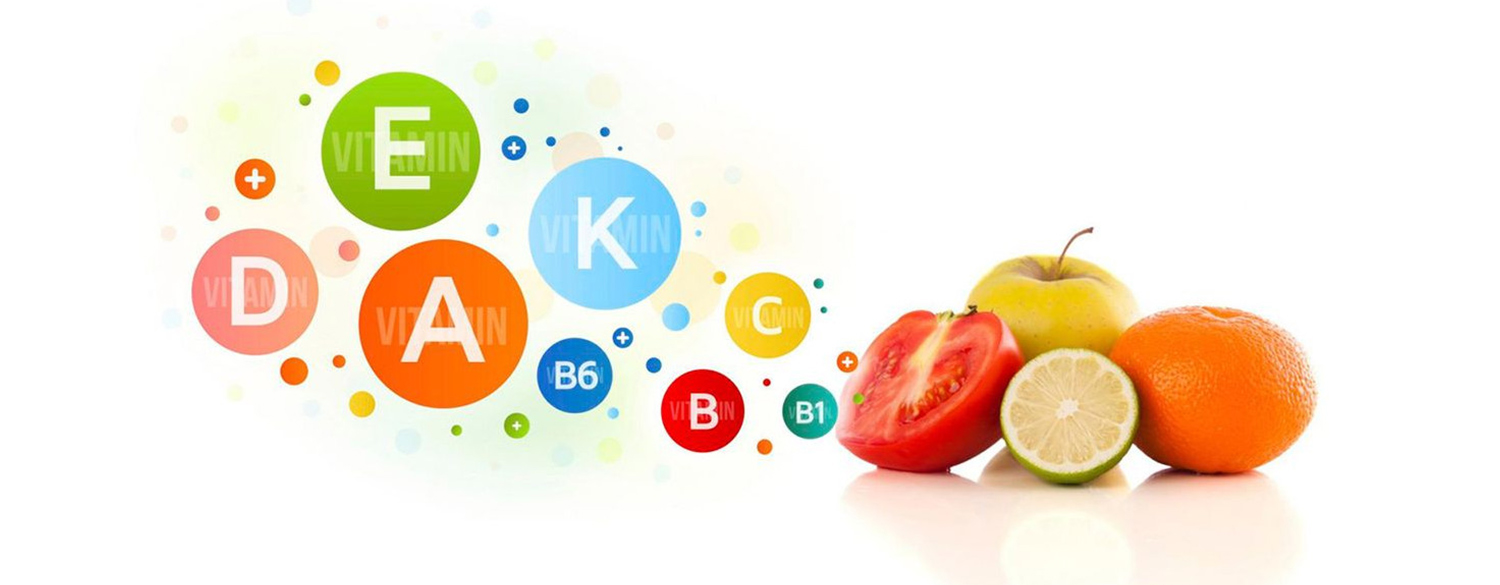These days, there seems to be a vitamin or supplement for almost everything. From boosting memory or ramping up the immune system to improving school performance and increasing energy, parents are bombarded with claims about how their kids will benefit from different supplements. But are vitamin and mineral supplements really OK for kids?
Here we walk you through everything you need to know about vitamins and minerals: when supplementation is needed, when it’s not, and everything in between. We give you the inside scoop on the confusing world of supplementation, especially as it relates to kids.
What You Need to Know About Supplements
According to some reports, almost $2 billion a year is spent on vitamin and mineral supplements for kids in the United States. Yet, researchers and medical professionals alike indicate parents may be giving their kids supplements that they may not need.
One study of 10,000 kids between the ages of 2 and 17 years found that one-third of them took a vitamin or mineral supplement in the last month and that the children who didn’t need the supplements were most likely the ones taking them.
Most Important Vitamins and Minerals for Kids
All vitamins and minerals are important for growth and development, but some are especially important for children and teens. Here is a closer look at some of the vitamins and minerals your growing child needs.
Iron
Iron is an essential mineral for kids, especially during periods of accelerated growth. Not only does iron contribute to the production of blood and the building of muscles, but it also gives kids energy. But, according to the AAP, most kids in the United States do not get enough iron in their diets.
Belinda Mills, MD
Iron is probably the most commonly prescribed supplement. So many kids do not get enough iron in their diets.
— Belinda Mills, MD
“Another reason for [this deficiency], is that they drink too much cow’s milk which can cause anemia,” she says. “Getting more than the recommended amount can cause microcystic blood loss in the gut.”
Because iron deficiency is extremely common in young children, Dr. Mills indicates that pediatricians often check iron levels between the ages of 1 and 2. Usually, this test is a simple finger prick done in the office during a routine visit. Iron deficiency can also occur in young girls who begin menstruating but do not get enough iron in their diets.
“Children ages 1 to 3 require 7 milligrams of iron and children 4 to 8 years of age require 10 milligrams,” says Valdez. “One way you can ensure your kids are getting enough iron is to include heme sources of iron—this is the most absorbable form of iron found in meat, poultry, and fish.”
If your child chooses not to eat foods rich in iron, you may need to talk to their healthcare provider about supplementation. However, Dr. Mills cautions against buying an iron supplement on your own.
“Not only can too much iron become toxic, but sometimes parents do not give the supplement to their kids properly,” she says. “Iron is best taken with vitamin C because that helps with the absorption, so parents can give their kids an orange or a glass of orange juice when taking their iron supplement.”
Meanwhile, you should try to avoid allowing your child to eat a fatty meal or dairy one hour before taking the iron and 2 hours after taking an iron supplement, Dr. Mills says. These things can affect the absorption of iron.
“Sometimes parents have a hard time getting their kids to take iron because it is dissatisfying and not palatable,” she says. “We can help them find ways of hiding it, like adding it to chocolate syrup.”
Calcium
When it comes to the development and maintenance of healthy bones and teeth, calcium is an all-important nutrient. But, the AAP indicates that most kids in the U.S. do not get enough calcium in their diets.
Consuming inadequate amounts of milk during childhood can affect growth and development as well as lead to fragile, porous, and weak bones that ultimately could lead to osteoporosis later in life.
“Based on the Recommended Dietary Allowances (RDA), children ages 1 to 3 require 700 milligrams a day of calcium, and children 4 to 8 years of age require 1000 milligrams,” says Valdez. “Milk, cheese, yogurt, and calcium set tofu are excellent sources of calcium. Fortified calcium products such as soy milk, orange juice, and ready-to-eat cereals are also good alternatives.”
To ensure your child is getting enough calcium, aim for two to three servings a day of calcium-rich foods, he says.
Vitamin D
Because of increasing screentime, the use of sunscreen, and the lack of time outside the majority of the U.S. population show signs of vitamin D deficiency. Additionally, if your child or teen is not drinking milk or non-dairy milk fortified with vitamin D or has cystic fibrosis, they could be deficient in vitamin D.
The need for vitamin D is definitely something worth talking to a healthcare provider about, especially because vitamin D controls the absorption of calcium and aids in the development of bones and teeth. Many times, taking a multivitamin with adequate amounts of vitamin D (400 IU for infants and children and 600 IU for teens) is enough.
Keep in mind though, that vitamin D is a fat-soluble vitamin and builds up in the system, unlike water-soluble vitamins. So, giving kids vitamin D supplements should only be done with the supervision of a healthcare provider due to the risk of toxicity, says Dr. Mills.
Vitamin A
Overall, vitamin A is important for growth and promotes healthy skin and eyes. It also impacts immunity as well as tissue and bone repair. Good sources of vitamin A include yellow and orange vegetables like cantaloupe, carrots, and sweet potatoes, leafy greens like kale, collards, and spinach as well as fortified milk, cheese, and eggs.
B Vitamins
When it comes to B vitamins, there are many different ones. They include B1, B2, B6, B12, niacin, folic acid, biotin, and pantothenic acid. B vitamins assist with red blood cell production, which carries oxygen throughout the body and ultimately gives your child energy. These vitamins are also important for normal growth and help with metabolism.
Children who follow vegan or vegetarian diets or do not like to eat meat may be lacking in some B vitamins. Talk to a healthcare provider about supplementing B vitamins, particularly B12, since it is only found in animal-based foods.
“Some vegetarian diets and vegan diets that are not carefully planned and followed can result in vitamin or mineral deficiencies,” says Valdez.
Vitamin C
As the body’s tool for healing and fighting off infection, vitamin C also strengthens tissue, muscles, and skin. Vitamin C also helps kids absorb iron as well as keeps the body’s tissues, bones, and blood vessels in good shape. Citrus fruits, strawberries, tomatoes, potatoes, brussels sprouts, sweet red peppers, spinach, and broccoli are all good sources of vitamin C.

Safety and Precautions
When it comes to buying vitamins and minerals over the counter, it is important to remember that these products are not regulated by the Food and Drug Administration (FDA), says Dr. Mills. Consequently, even though these products are readily available in almost any store nationwide, you should not buy them without consulting a healthcare provider first.
In fact, it can be dangerous to try to self-prescribe vitamins and minerals for your kids. Some vitamins and minerals can be toxic to kids in high amounts, particularly iron and vitamin D, she says.
Additionally, there is also a risk of overdosing on vitamins and minerals. Keep vitamins and minerals stored in a safe place out of the reach of young kids. Kids, especially young children, see gummy vitamins as equivalent to candy or fruit chews, so make sure you emphasize that these are medicine and should not be taken without permission.
According to the ADA, thousands of kids are taken to the emergency room each year after taking a vitamin or mineral while unsupervised, especially because these bottles are not required to have childproof lids.
One case study reported vitamin D toxicity in a child who took too much of the supplement. And another study cited three cases of vitamin A toxicity in children due to overeating candy-like vitamins.
As for selecting the right vitamin supplement for your child, talk to a healthcare provider about what to look for and what amounts of each vitamin or mineral are needed. In general, chewable vitamins are usually appropriate for children over the age of 3 as long as they have the ability to chew hard foods. And, in some cases, a healthcare provider can prescribe a liquid form of certain vitamins and minerals.


